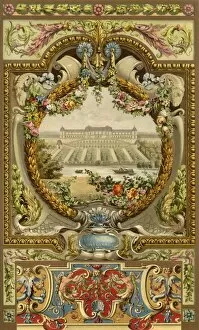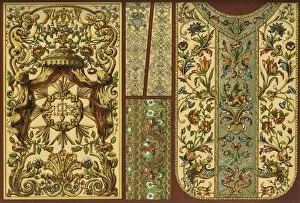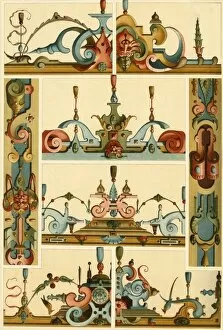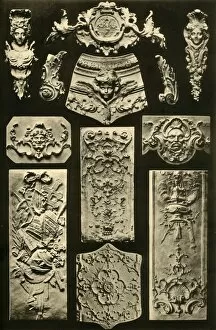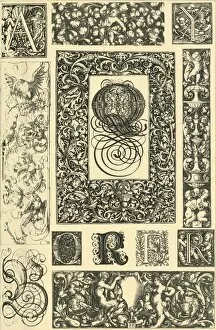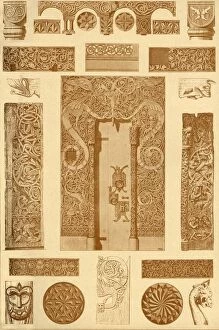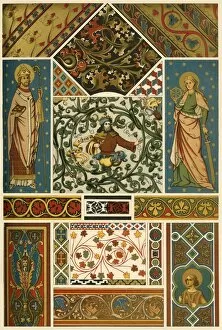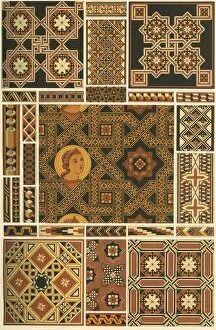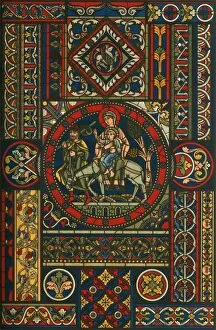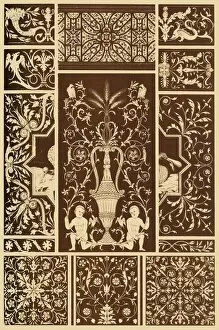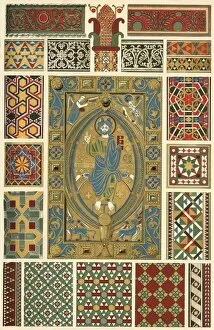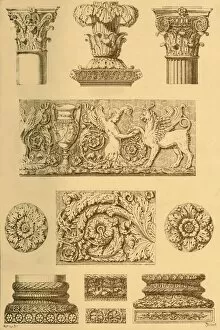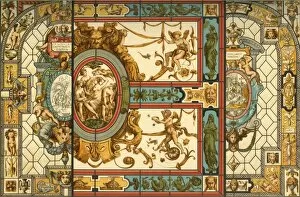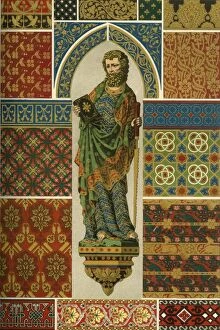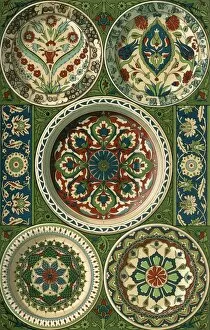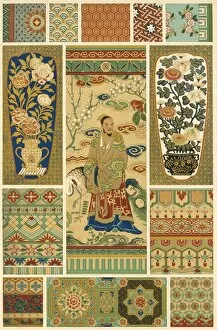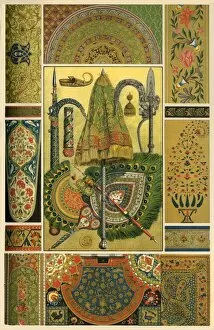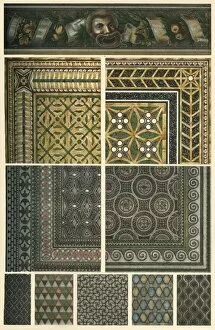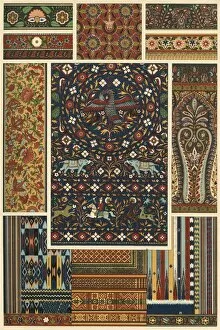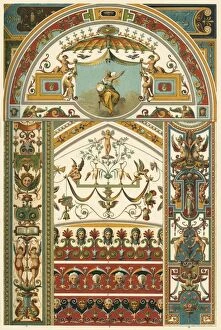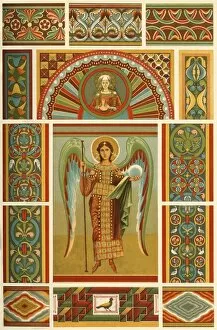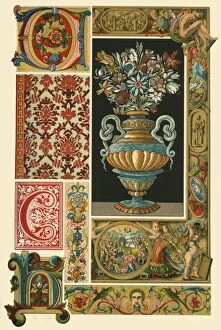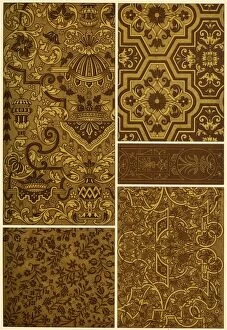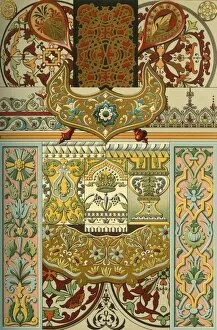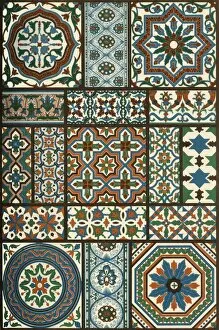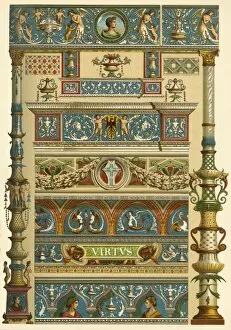Heinrich Dolmetsch Collection (#2)
Heinrich Dolmetsch was a connoisseur of art and an avid collector of various artistic styles from around the world
For sale as Licensed Images
Choose your image, Select your licence and Download the media
Heinrich Dolmetsch was a connoisseur of art and an avid collector of various artistic styles from around the world. His passion for beauty led him to acquire a stunning array of masterpieces that spanned centuries and continents. Among his prized possessions were German Renaissance ceiling and wall paintings, which showcased intricate details and vibrant colors that transported viewers back in time. Dolmetsch's collection also featured exquisite wood mosaic and embroidery, showcasing the meticulous craftsmanship of skilled artisans. These pieces brought warmth and texture to his home, creating an atmosphere reminiscent of a bygone era. Ancient Greek ornamental architecture and sculpture found their place within Dolmetsch's collection as well. These timeless works captured the gracefulness and grandeur associated with this ancient civilization, leaving visitors awe-inspired by their beauty. The collector's appreciation for history extended beyond Greece, as he also possessed Ancient Greek pottery that displayed intricate designs reflecting everyday life during those times. Each piece told its own story, transporting viewers to another world filled with myths, legends, and cultural richness. Dolmetsch had a particular fondness for medieval enamel and illuminated manuscripts; these delicate treasures revealed the skillful handiwork behind each page or panel. The vibrant colors used in these creations added depth to religious texts or historical accounts while captivating anyone lucky enough to behold them. Byzantine weaving and embroidery adorned Dolmetsch's walls with their opulent patterns inspired by Eastern influences. Their rich textures created an air of luxury within his home while paying homage to Byzantium's artistic legacy. Indian marble inlay showcased Dolmetsch's fascination with intricate designs carved into stone surfaces—a testament to India's mastery over architectural embellishments throughout history. Egyptian decoration held its own special place among Dolmetsch’s collection—symbols like hieroglyphics depicted stories from ancient times on walls adorned with vivid hues that still captivate audiences today.

